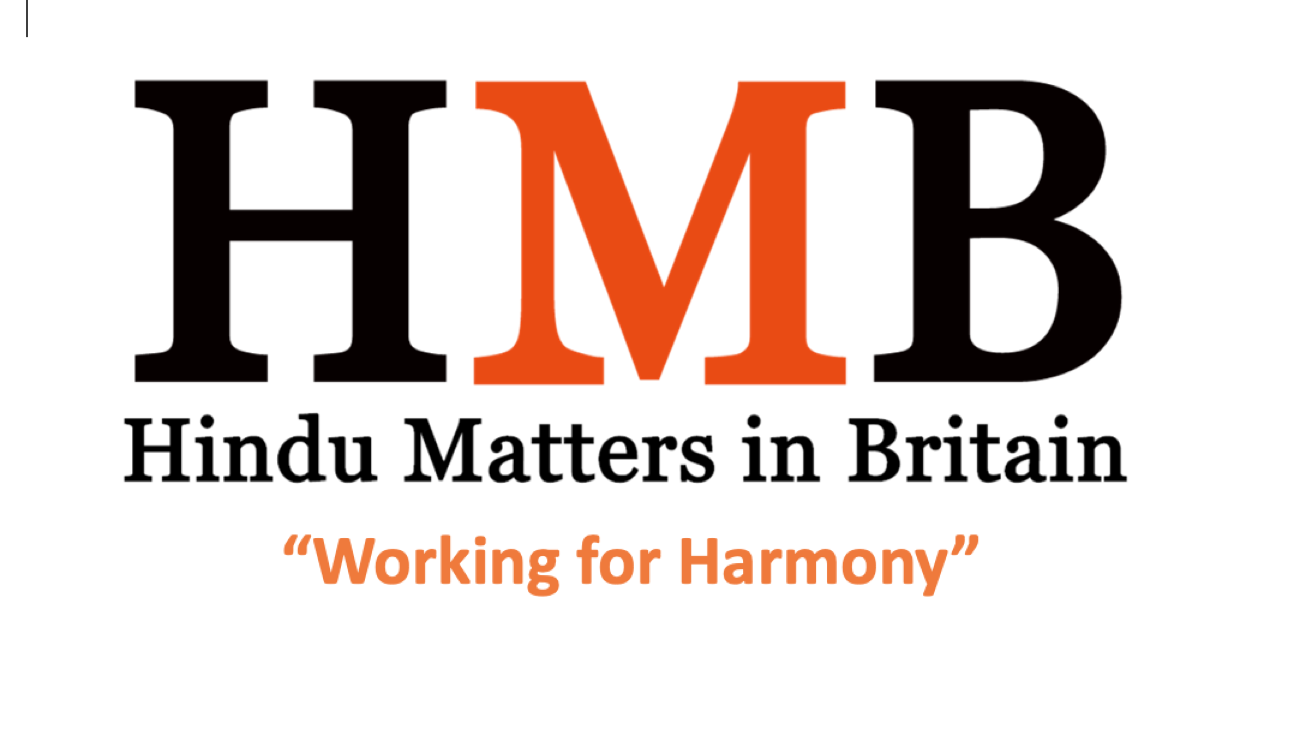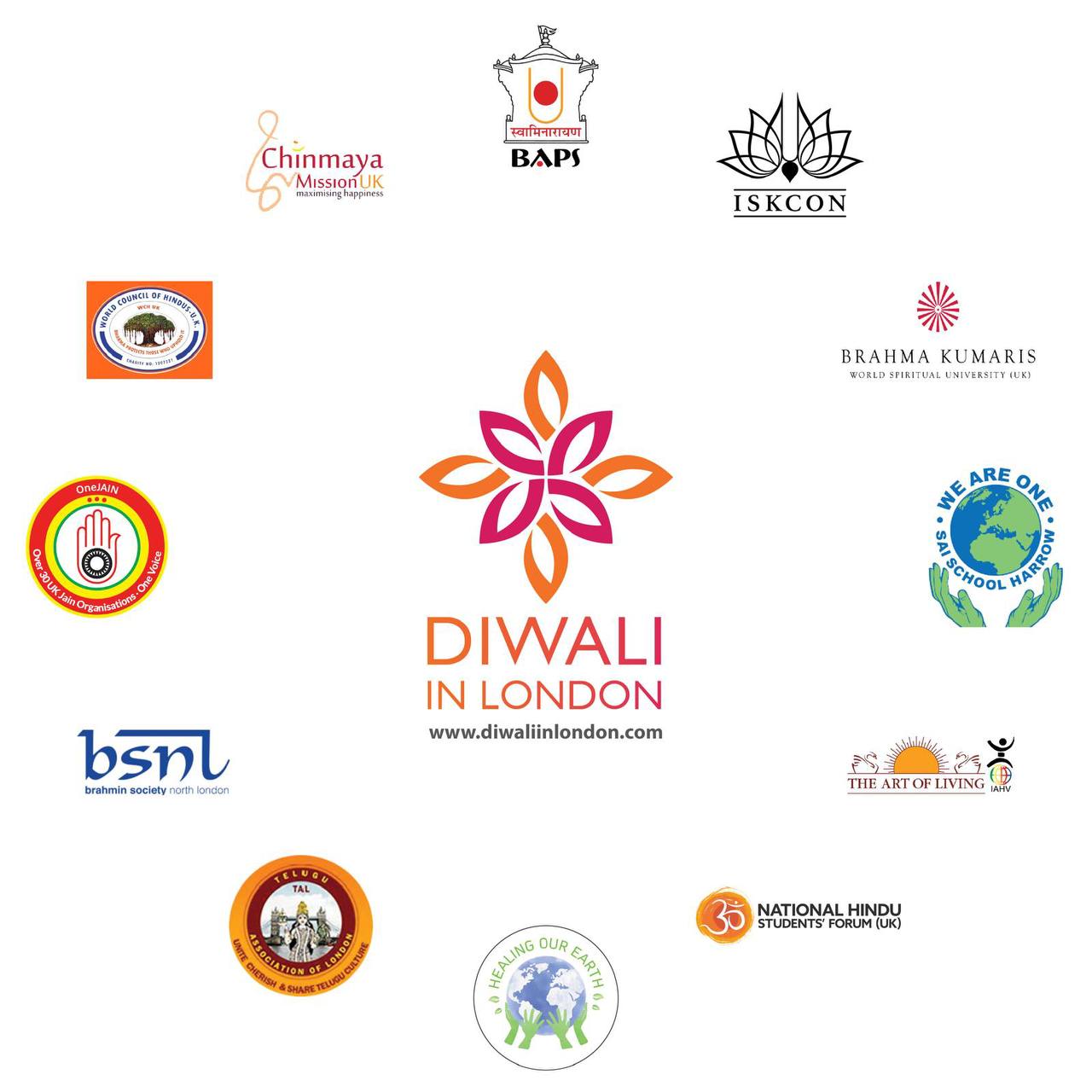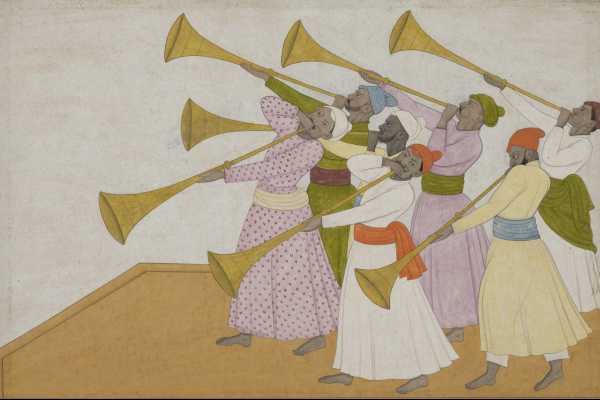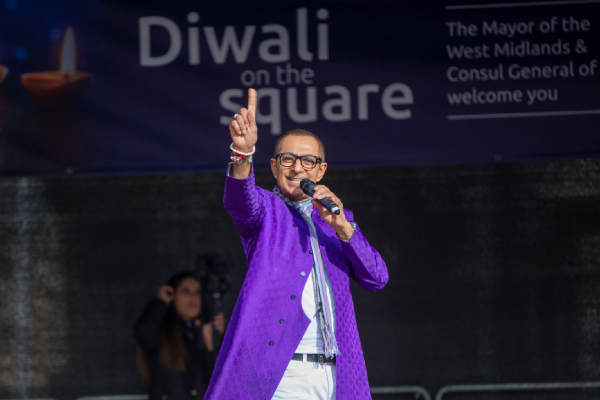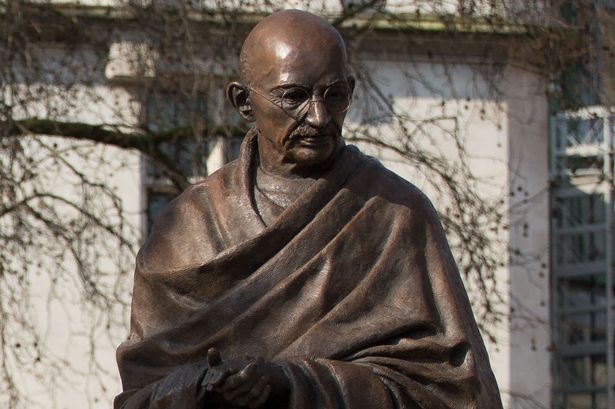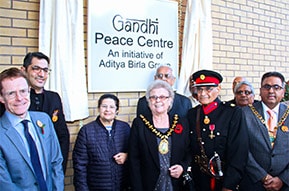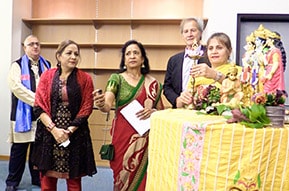Review of the Report commissioned by Open Doors and conducted by researchers at the London School of Economics
Destructive Lies
Disinformation, speech that incites violence and
discrimination against religious minorities in India
Review of the Report commissioned by Open Doors and
conducted by researchers at the London School of Economics
September 2021
- Summary:
- This report is focused on the situation of the Church in India and seeks to draw attention to the difficult situation of religious minorities in India. The Forward, by Dr David Landrum, Director of Advocacy and Public Affairs, Open Doors UK & Ireland, mentions the scale of alleged persecution ‘sweeping over religious minorities’ – Christians are experiencing intense and unprecedented pressure in India. If this is correct, it makes for uncomfortable reading, however, caution needs to be taken when extrapolating scale from only a few case studies. Further data collection would be required to determine exactly how persecution is affecting these religious minorities in India. In terms of analysis of the data collected, a thematic focus is missing, as are details regarding the research method and evaluation of the case studies, concerning the research questions. Moreover, the research questions are far too wide for such a limited study, and this is demonstrated by the comparatively little detail provided for each case study. Thus, for such an elementary report to establish any meaningful conclusion is highly unlikely. All the section headings below, excluding [3. Data Analysis] and [11. Conclusion], used in this review are taken from the original report itself.
-
- There is a general issue with ethnographic studies, in that there needs to be a large data set that can identify themes and construct a meaningful conceptual framework. The case study method used in this report appears to be based on a limited number of cases. On the contrary, the claims that are being made seem to extend far beyond what appears to be available from the case studies.
-
- The report suggests that Hindu nationalism is bad. Moreover, due to the current government, there is little room for any form of equality for religious minorities. However, such claims lack actual evidence, which rigorous academic research could provide, if conducted according to acceptable academic standards. The report fails to consider the fact that Western scholarship is dominated by one subject, namely Hindu nationalism, and this would be strange were it true of any other country. In this context such an elementary research report goes far beyond its original research questions and, rather, appears to be making a political statement.
- Background and research design
- The background and research design section of the report lacks the usual details expected in an academic study. Only a topic guide for interviews is provided in the appendix. Thus, it is not clear how the interviews were structured and who carried them out. The only information provided is that the interviewers were trained in ethnographic studies and were working according to British Sociological Association ethical standards. We have no information as to what level of training the researchers had or indeed the precise nature of the ethical frameworks in place, given the traumatic events cited in some of the case studies. One important point is that the power disparity between the researchers and the respondents is an element that can create conformity bias, and it is not clear how this was dealt with. Without the information about the whole process of selection of respondents, including inclusion/ exclusion criteria, the ethical permissions obtained for this research, the consent forms that needed to be completed and signed; it is not clear whether robust procedures were followed for this research study.
-
- In addition, the report claims to have gained ‘additional insights’ via unstructured interviews with pastors and other members of various churches, human rights activists, lawyers, journalists, civil society members and activists affiliated with social movements. There is some doubt about the validity and reliability of such informal discussions within a rigorous research methodology.
-
- The topic guide for interviews is made up of four sections. The questions are poorly drafted and some, could be considered to lead the respondent into providing answers. For example, “Can you think of or recall any ‘fake news’ that has come to you or you have heard about or seen that has been circulating in this place?” A rigorous approach would have explored news consumption of the respondent(s), how the respondent(s) accessed the news and if appropriate, how they identified fake news.
-
- In another section of the topic guide, there is a question about knowledge of violence in the area, then a question about attribution of this violence according to the respondent. This assumes that the respondent has accurate knowledge to give causal explanations about the violence. In the worst case, this would be hearsay and if this is taken as a basis of the report, the robustness of the data is questionable.
-
- There is also an issue about translation from the language spoken and responses by the respondents being translated for this research. This could be problematic if there are nuances that are lost in translation. Again, no details are provided in the report about how such limitations were dealt with and potentially overcome.
-
- It is appreciated that collecting sensitive data is challenging, however, the small sample size coupled with the use of indirect interviews used may introduce another source of uncertainty, making it difficult, if not impossible, to determine the relevant issues. There is no explanation of why only eight case studies are included in the report. From the widespread incident of violence suggested in the report, it would be reasonable for the research team to have obtained a wider selection of case studies.
-
- The choice of states and locations was guided by researchers’ knowledge of incidents of violence and/ or discrimination against religious minority groups, access to gatekeeper individuals and/or organizations, and their knowledge of the local language and/or access to local translators.
-
- From the relatively thin information provided about respondent recruitment, the sample size, without further detail, seems skewed and lacking in diversity. While the researchers conducted their work in the four corners of the country, the sample itself appears problematic. The report does not consider the limitations of the research conducted or how to address such limitations in further work.
-
- The type of sampling used in this study can give rise to weaknesses, such as selection bias and a lack of representation. Though it is often used given that it’s inexpensive and time-efficient. The case study method can be successfully applied to understand the how and why of the situation through real-life stories.
- Data analysis
- There is little indication of how the analysis of the data was carried out and what framework was used for analysis. The themes that seem to have emerged are simple. For example, the observation that most media output is now concentrated in the hands of few large business families is not exclusive to India.
-
- The choice of the case, or set of cases, to study cannot appear random nor can it be opportunistic or convenient. The case studies chosen represent a convenient sample and are used to illustrate preconceived notions about the events, the people involved and the context within which these events took place. The process of determination of the case studies and the support for such a choice is not provided.
-
- Critical incident case studies must describe the method by which the researchers identified the event and explain the process by which the validity of this case was determined, to inform broader perspectives about the research problem, or to reveal new findings. It is not clear from the study how any of this was done.
-
- The reliability and dependability of the study are contingent on transparency in the portrayal of the respondents’ range of experience and behaviour. We are not convinced that the report has considered the range of these experiences as described. How the case studies are written demonstrates clear confirmation bias.
-
- We need to be able to examine the raw data to determine if there is a clear chain of evidence, as is claimed in the report. There is no indication of such a clear chain of evidence that links the raw data with the interpretation. This is a crucial step, in any case study, in terms of explanation and, as it is not provided in the report. The level of construct validity or confirmability may be deficient.
-
- A clear audit trail of all the decisions made in the research process must be available to determine the validity of the process, and outcomes beginning with planning, data collection, analysis and interpretation. It is possible that a coding system of data analysis was not used and, therefore, the interpretations degenerate to investigators’ anecdotal accounts, presenting naïve interpretations of the data, subject to all kinds of bias.
-
- With a lack of details about the methodology used, it is not possible to say whether any triangulation methods were used to increase credibility or internal validity. The interpretations are likely based on the investigator’s own singular anecdotal interpretations, with a markedly decreased internal validity and credibility that would make the whole report suspect in its presentation and agenda.
-
- We do not know if the respondents read the interpretations, allowing them to confirm or contradict the findings. This would have been another test vital to the analysis and interpretation of the data. Also, data interpretation by independent third parties would have provided additional interpretations for comparison.
- History and Context
- This section provides only a very light touch in terms of explaining the highly complex situation present in India when it comes to national identity formation (the Hindu nation).
-
- While the formation of the Rashtriya Swayamsevak Sangh (RSS) in 1925 is an obvious starting point, there needs to be a systematic review of the literature versus an elementary selection that portrays and indeed confirms the position taken by the researchers; i.e. Hindu nationalism is bad. This does not demonstrate that a proper systematic literature review has been conducted and does little to reduce the evidence selection bias. A systematic fact-based approach is missing, as are key authors who provide a contrary fact-based analysis on Hindutva.
-
- The literature cited, regarding the more recent violence against Christians (1992, 2007-2010) is based on an unexamined PhD. Are there more credible and established sources of literature available to provide a proper and full context of the situation in India as it relates to the persecution, discrimination and violence levied against Christians? An overview of the RSS is provided by Andersen and Damle in their 2018 book, however, this important volume has not been cited as a source. Andersen and Damle’s original study from 1987 has been cited, yet a historical overview of the RSS is missing under the section.
-
- The way this section is written is inconsistent with academic report writing and seeks to provide a sensationalist precursor to the case studies presented in the next section of the report.
- Caste, Indigeneity and non-denominational affiliation
- The issue of caste is synonymous with India and there are references to it, dating back to at least the 16th century. By maintaining the position of Hindutva majoritarianism, there is no balance in what is stated in the report. Assertions are made without citing evidence, for example, if indeed, Dalits and Adivasi Christians are not eligible for state benefits. Moreover, there is no consideration of other forms of order, social and economic, within the minority religious groups.
-
- While difficulties with Hindu and minority group relations do no doubt exist, this report fails to provide any sort of balance – only a general statement is provided of how religious minorities are affected by the climate of discrimination, dehumanization and violence. Why there is no mention that Muslims, Sikhs, Christians and Buddhists have been added to the Scheduled Castes and Scheduled Tribes, providing constitutional support to minority groups.
- Structural incentives for vigilantism against minorities
- There is no definition of what the researchers recognise or mean by the term Hindutva. It is appreciated that the term has evolved in the recent past and that it would be useful, if not vital, to provide a framework of their approach, thereby allowing rigorous analysis. Moreover, it would be useful to explain to the reader of this report, a basic history of Hindutva and, by doing so, including vital information on India’s national identity and Hindu Nationalism, at least since India’s Independence. At least three themes encompass Hindu Nationalism: territorial, cultural and religious. A discussion needs to include these themes and examine the inherent plurality of the country. The allegations made in this section concerning violence against Christians and Muslims need to be bolstered with evidence.
- Hostility from State (administration, police, legislature and judiciary)
- Similar to the critique provided in section 6, above, there are no sources or citations provided for the statements made regarding the Chief Minister of Uttar Pradesh.
- The role of mainstream media and social media
- This section highlights issues (the spread of misinformation and lack of transparency) facing the media, regardless of format, across the world. Media, globally, has shifted from public to private and with the increasing popularity of social media. As has been noted throughout this report, there is a distinct lack of a rigorous academic approach.
- Where next? Recommendations
- Based on this review, this report does not appear to give enough details to provide recommendations. More detailed research would be required to provide proper and full recommendations. Little thought has been given to the damaging impact of such a poorly drafted report, especially among the UK’s Hindu and Indian community groups. Relationships with churches and Hindu temples in the UK can be affected by creating a false impression of persecution.
-
- All of the above generates "noise" that eventually influences the minds and opinions of the public and eventually deforms their relationship with the "other". The report reads as if it is advocating for equality, focused on making a political statement (implied in the title itself) and lacks the usual academic rigour one would expect from an institution such as the LSE.
- Case Studies (1-8)
- The study provides narrative accounts of a total of eight case studies. While case-study research is a recognised tool that allows for the exploration and understanding of complex issues, its utilisation in this research seems problematic.
- Case studies provide an established method and tool for social science research and can be applied in a variety of situations. This method can allow researchers to understand how and why something is occurring.
-
- The case studies all concern violence perpetrated by Hindutva RSS members against religious minorities (Christians and Muslims). The reported level of violence appears to go beyond the superficial and in two cases involved fatalities (#3 death in Police custody and #6 teenage murder).
-
- The case studies presented in the report lack rigour; no information is provided about how the case studies were examined. Without high-level details on each case study, it becomes difficult for any conclusions to be drawn.
-
- The lacking thematic framework makes it difficult to academically analyse each case study, other than to feel sympathy for all those affected by the different circumstances. A lack of other sources would greatly improve this study’s output and provide a fuller understanding. In the current form, this report does not provide a clear analysis.
-
- For example, desk research may provide additional supporting evidence to allow strong interpretations to stand, especially if there are, as the authors claim, other allegations of attacks taking place. The nature of data collection in this research makes a comparison between the case studies difficult, however further case studies (demonstrating diversity) would benefit the overall research.
- Conclusion
- This piece of research makes for difficult reading, the tragic and brutal treatment of these religious minorities, captured in these eight case studies cannot be trivialised. However, there do exist fundamental issues in the way this report is presented – the methodological approach and its failure to address limitations.
-
- In its current state, this study feels elementary and requires some redesigning to stand as academic output. The overall language used reads like a long-form journalistic article. Reliance on actual evidence is worryingly limited.
-
- Given the considerations above, there is significant doubt about the intentions and agenda for producing such a document.
